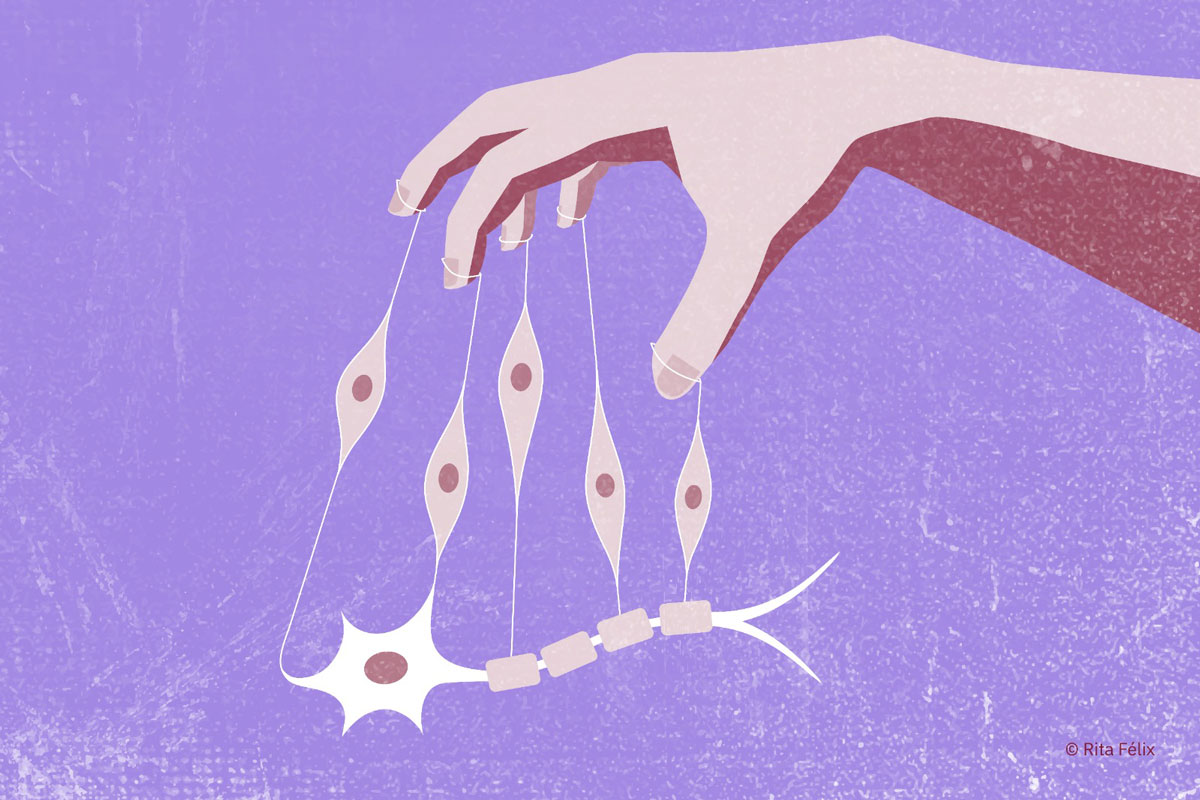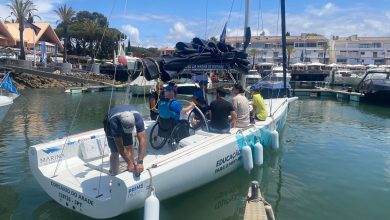A team of scientists, led by the University of Coimbra (UC), managed to generate human stem cells from skin cells, which revealed long-lasting therapeutic potential for Machado-Joseph disease, a rare pathology with a high incidence in Portugal.
The research thus paves the way for the development of cells that could be used in the treatment of this neurodegenerative disease that affects, in particular, movements and verbal articulation.
The scientific article Graft-derived neurons and bystander effects are maintained for six months after human iPSC-derived NESC transplantation in mice’s cerebella – published in the journal Scientific Report, from the Nature Group – the research team “shows that it is possible to create stem cells from cells extracted from people with Machado-Joseph disease with therapeutic potential”, explains the researcher at the Center for Neuroscience and Cell Biology at the University of Coimbra (CNC-UC) and the Center for Innovation in Biomedicine and Biotechnology (CIBB), Liliana Mendonça.
“Our discovery demonstrates the feasibility of applying personalized therapies to people with this disease, through the creation of stem cells from the patients we intend to treat, which will translate into greater acceptance of the transplant”, adds the also leader of the study. Stem cells have enormous versatility, allowing them to give rise to specialized cells for various tissues and organs in the human body.
Machado-Joseph disease is a pathology that is currently untreated, with the cerebellum being one of the most affected regions of the brain. It is characterized by extensive neuronal death, and difficulties with motor coordination, swallowing and speech articulation. “It has a high prevalence in the Azores, especially on Flores Island, which has the highest incidence of the disease worldwide”, highlights the UC researcher.
To achieve this result, the research team created cells that demonstrated the ability to originate neurons in cell cultures (a set of techniques for testing the behaviour of cells in an artificial environment) and also in cerebral organoids (tissues generated in vitro, that is, outside of living organisms, which simulate human neurodevelopment by functioning as “mini-brains”).
At the same time, “in this study, we also observed that human stem cells survived up to six months after transplantation into the cerebellum of the animal model, having differentiated into glial cells [cells of the central nervous system that perform various functions, supporting, in particular, neurons ] and neurons”, advances Liliana Mendonça. This means that these cells have revealed the potential to act positively in the control of neurodegenerative diseases.
With this research, the team sought to chart new paths for developing treatments for a rare and highly disabling disease. “There is a high need to develop therapeutic strategies that can treat neurodegenerative diseases, which robustly improve the quality of life of patients, thus contributing to reducing the health burden on health systems and the families of these patients”, emphasizes the researcher.
This work developed by the team from the Research Group on Gene and Stem Therapies for the Brain at CNC-UC – coordinated by the president of CNC-UC, coordinator of CIBB and professor at the UC Faculty of Pharmacy (FFUC), Luís Pereira de Almeida – is now being further explored, namely to study how these cells can improve the disease’s motor coordination problems, using an animal model. Scientists will also “develop strategies to improve cell migration and then their differentiation into cerebellar neurons, after transplantation into the brain, something that can significantly increase the therapeutic effects of these cells”, highlights the research coordinator.
Other researchers from the University of Coimbra also participated in the study: Luís Pereira de Almeida, Daniel Henriques (CNC-UC and CIBB), Vanessa Fernandes (CNC-UC), Ricardo Moreira (FFUC, CNC-UC and CIBB), João Brás (CNC -UC) and Sónia Duarte (CNC-UC and CIBB). The investigation also included the collaboration of the researcher from the Luxembourg Center for Systems Biomedicine, Jens C. Schwamborn.
The scientific article is available on this website.
Follow us on Facebook, Twitter, Instagram, Youtube, and TikTok and see the exclusive content for social networks.






